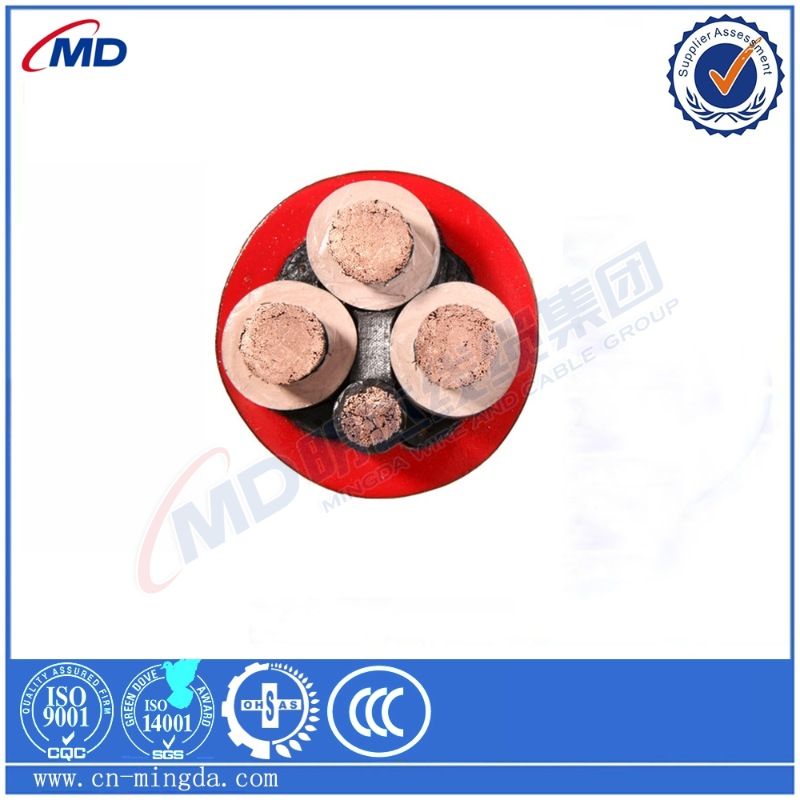nóv . 18, 2024 19:27 Back to list
casting ball valve
Understanding Casting Ball Valves A Comprehensive Overview
Ball valves are widely recognized for their reliability, durability, and efficiency in controlling fluid flow in various industrial applications. Among the types of ball valves, casting ball valves stand out due to their robust construction and suitability for demanding environments. In this article, we will explore the characteristics, benefits, applications, and the manufacturing process of casting ball valves, providing a comprehensive understanding of their significance in fluid control systems.
Characteristics of Casting Ball Valves
Casting ball valves are made using a casting process, which involves pouring molten metal into a mold to create the valve body. This method allows for precision and the ability to create complex shapes, leading to a more durable product. The primary materials used for casting include stainless steel, carbon steel, and various alloys, making these valves suitable for high-pressure and high-temperature applications.
Typically, casting ball valves feature a spherical ball with a hole in the center, which acts as the flow control mechanism. When the ball is rotated 90 degrees, it either allows or blocks the flow of fluid, providing a quick and efficient way to shut off or regulate flow. Their design allows for minimal pressure drop when fully opened, making them ideal for systems that require uninterrupted flow.
Benefits of Casting Ball Valves
One of the main advantages of casting ball valves is their exceptional durability. The casting process results in thicker walls and better structural integrity, which helps withstand extreme pressures and wide temperature ranges. Additionally, these valves offer excellent sealing capabilities, reducing the likelihood of leaks and minimizing maintenance costs over time.
Another significant benefit is their ease of operation. The simple quarter-turn design ensures that the valves can be opened or closed quickly, making them user-friendly and efficient in emergency situations. This fast operation is particularly important in industries where quick response times can prevent accidents and mitigate potential hazards.
Moreover, casting ball valves are versatile and can be used in various applications, including oil and gas, water treatment, chemical processing, and HVAC systems. This versatility stems from their ability to handle different types of fluids, including corrosive liquids and gases, making them a preferred choice in many industrial settings.
casting ball valve

Applications of Casting Ball Valves
The applications of casting ball valves are extensive and varied. In the oil and gas industry, they are used for upstream processes, including drilling and production, where controlling high-pressure flows is critical. Their resistance to wear and chemicals makes them suitable for handling crude oil, natural gas, and other harsh fluids.
In water treatment plants, casting ball valves play a crucial role in regulating inflows and outflows during the purification process. Their reliability ensures consistent water supply and helps maintain system pressure, which is vital for effective treatment.
In chemical processing, casting ball valves are used to handle a wide range of chemicals safely and efficiently. Their ability to withstand corrosive substances makes them ideal for applications such as mixing, storage, and distribution of chemicals.
Manufacturing Process of Casting Ball Valves
The manufacturing of casting ball valves involves several steps, beginning with the creation of a digital design. Once the design is finalized, a mold is created, typically using sand or metal. The molten metal is then poured into the mold, where it cools and solidifies into the desired valve shape. After the casting process, the valve undergoes machining to achieve precise dimensions and tolerances.
Once the machining is complete, the valves are subjected to rigorous quality control tests, including pressure testing and inspection for leaks. This ensures that only high-quality valves make it to the market, providing assurance of their performance and reliability.
Conclusion
In summary, casting ball valves are an essential component in many industrial applications, thanks to their durability, efficiency, and versatility. Understanding their characteristics, benefits, applications, and manufacturing processes can help industries select the right valve for specific needs. As technology advances and the demand for reliable fluid control systems grows, casting ball valves will continue to play a vital role in maintaining safe and efficient operations across various sectors.
Share
-
Reliable Wafer Type Butterfly Valves for Every IndustryNewsJul.25,2025
-
Reliable Flow Control Begins with the Right Ball Check ValveNewsJul.25,2025
-
Precision Flow Control Starts with Quality ValvesNewsJul.25,2025
-
Industrial Flow Control ReliabilityNewsJul.25,2025
-
Engineered for Efficiency Gate Valves That Power Industrial PerformanceNewsJul.25,2025
-
Empowering Infrastructure Through Quality ManufacturingNewsJul.25,2025